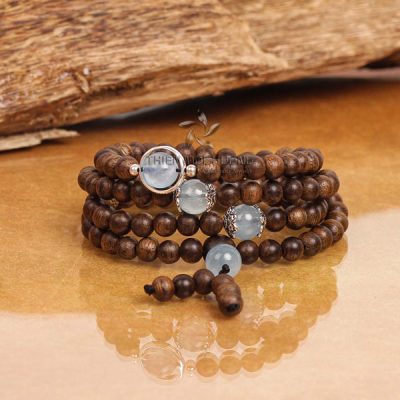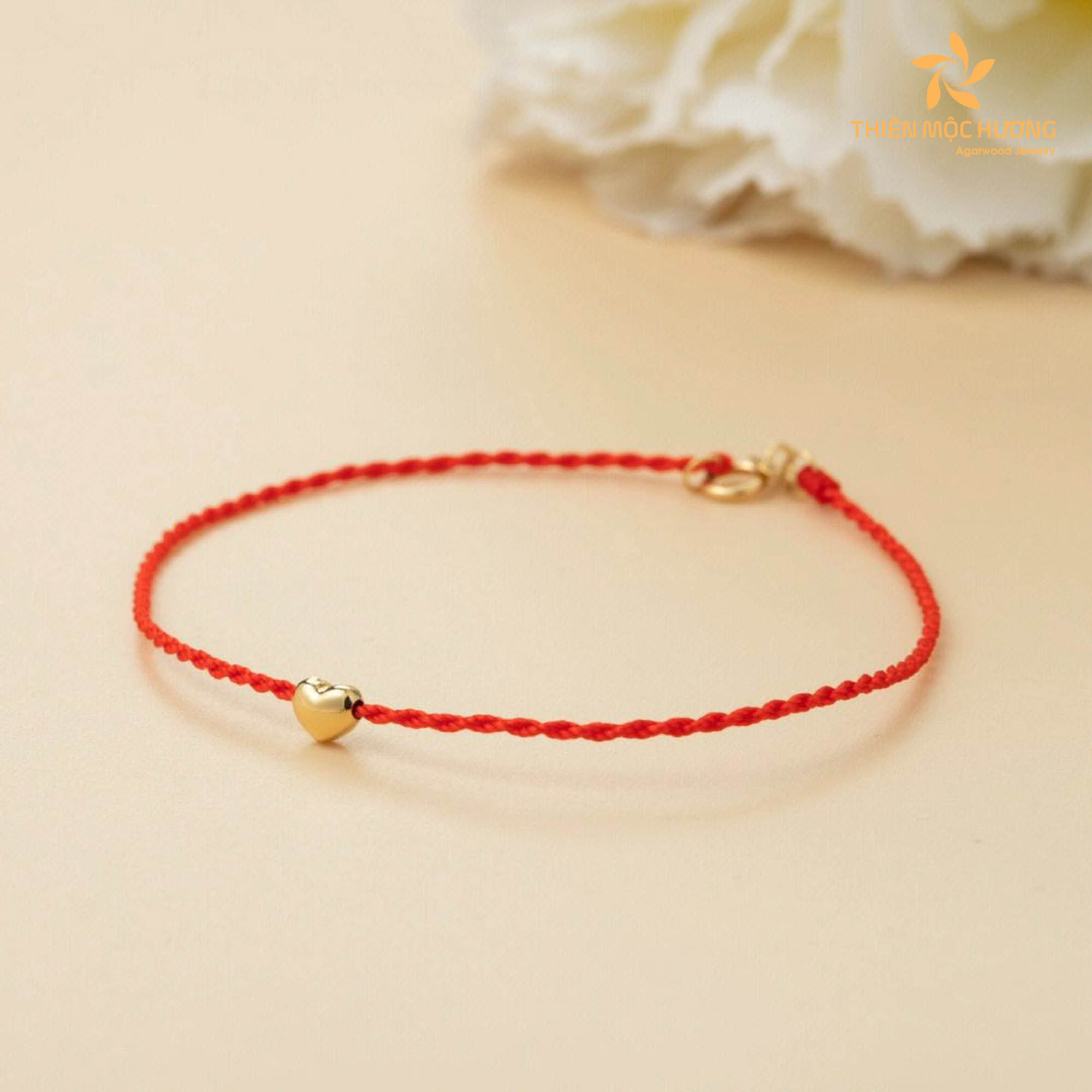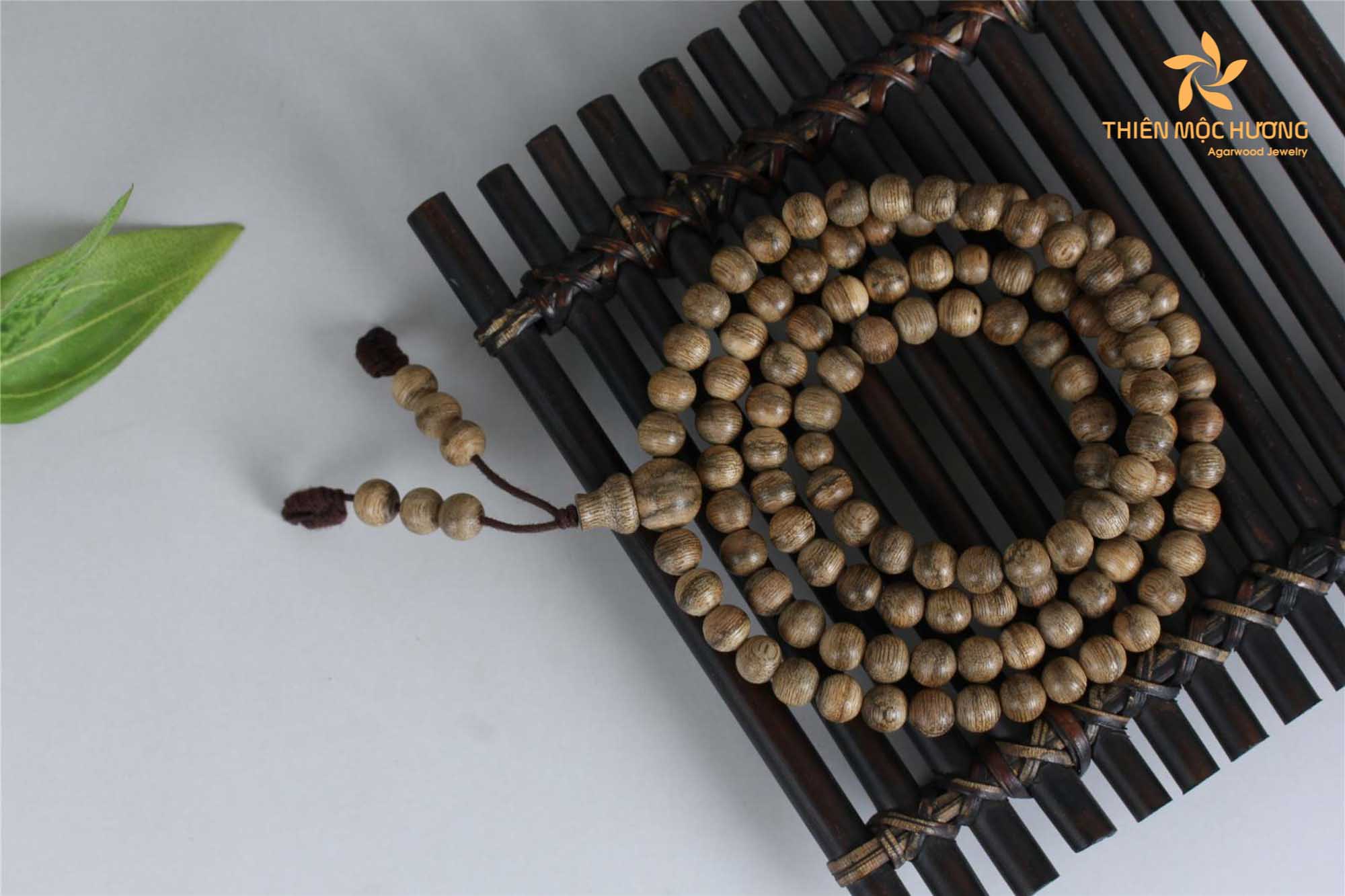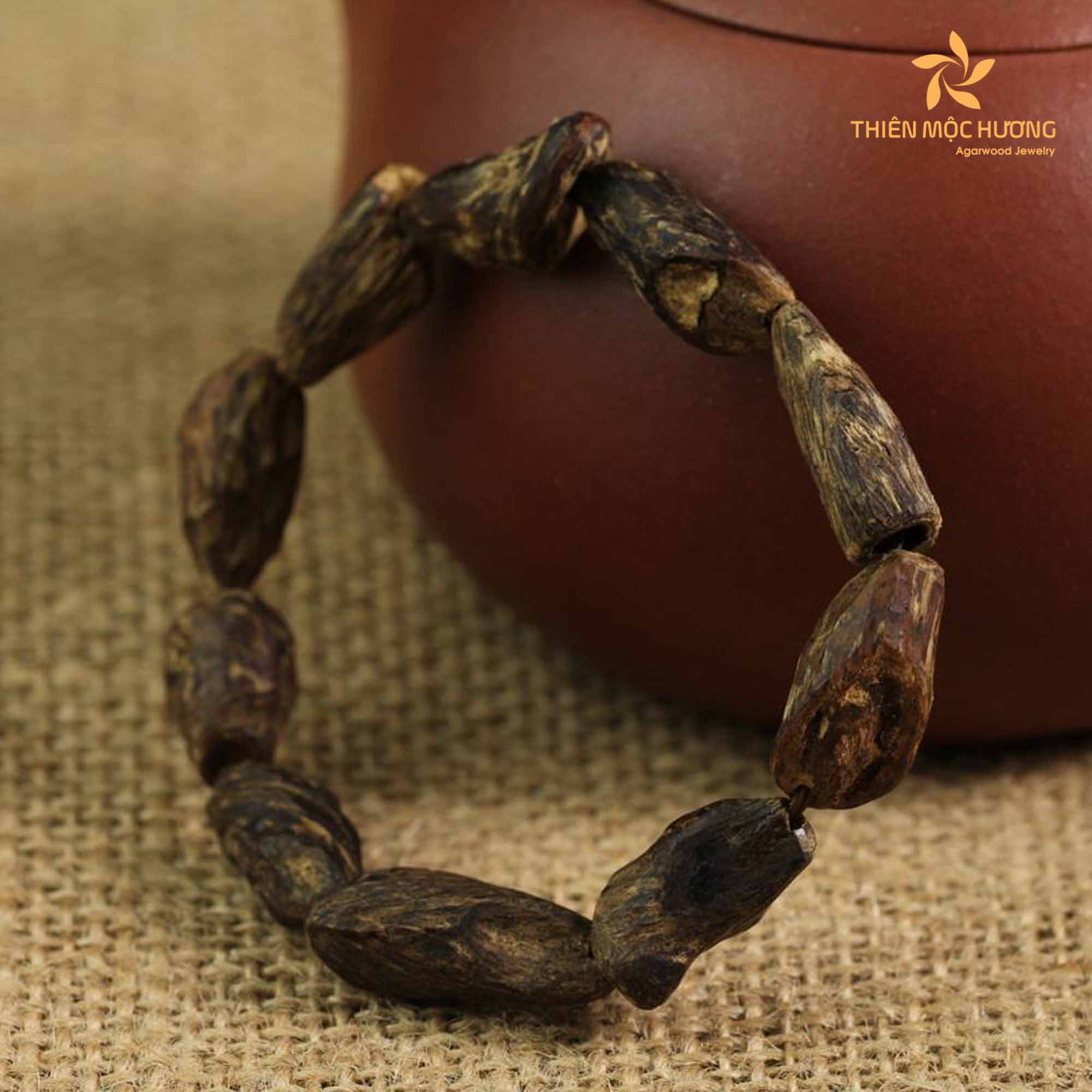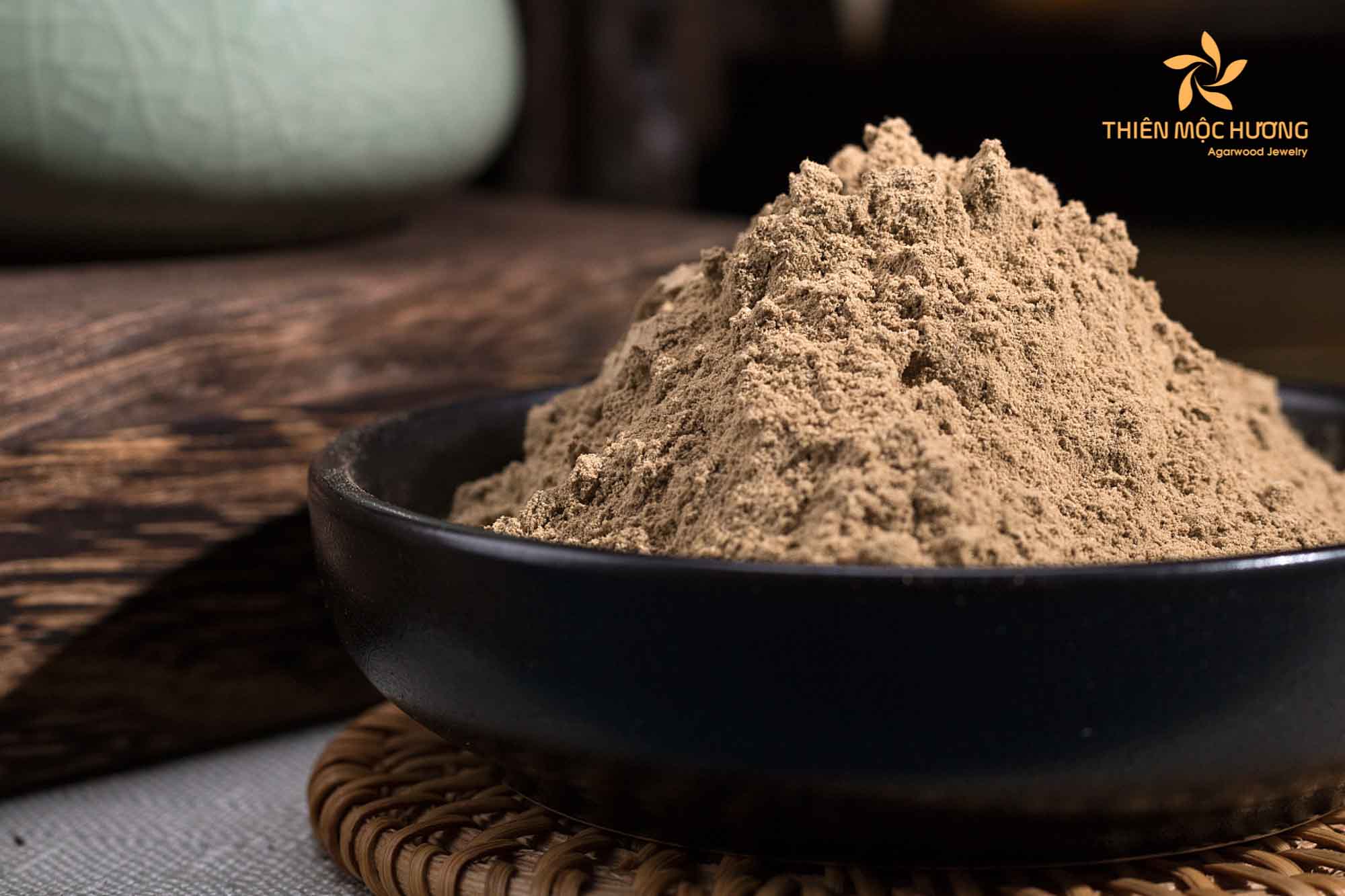Knotting techniques play a pivotal role in the creation of high-quality agarwood bracelets. The way beads are secured within a bracelet not only affects its aesthetics but also determines its durability and comfort. Additionally, the knots contribute to the overall design and symmetry of the piece, showcasing the artisan’s attention to detail and commitment to perfection. In this article, we will explore various knotting methods that elevate agarwood bracelet making to an art form.
Knotting Techniques for Agarwood Bracelet Making
Crafting agarwood bracelets is a delightful fusion of artistry and technique. Among the key aspects that set these bracelets apart are the knotting techniques employed.
Square Knot Technique
The square knot technique is a fundamental approach to securing beads in your agarwood bracelet, adding both structure and style to your creation. Here’s how you can master it step-by-step:
- Begin by placing two beads adjacent to each other on your cord.
- Cross the right cord over the left cord.
- Pass the right cord under the left cord, then through the loop formed.
- Gently pull both cords to tighten the knot.
- Repeat the process to create a series of square knots, securing the beads in place.
The square knot technique allows for creative adaptations. You can vary the number of knots between beads for a unique pattern. Combining different cord colors can further enhance the aesthetic appeal of your agarwood bracelet, making each piece truly one-of-a-kind.
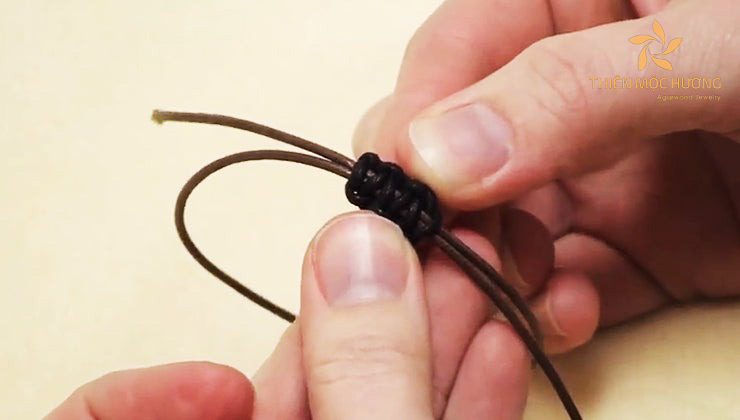
Double Knot Technique
The double knot technique adds an extra layer of security and visual interest to your agarwood bracelets. Let’s explore this method:
- Place a bead at the center of your cord.
- Create a loop with one cord and pass the other cord through the loop twice.
- Gently pull both cords to tighten the knot securely around the bead.
- Repeat the process for each bead, ensuring consistent spacing.
The double knot technique offers increased stability, reducing the chances of beads shifting. This technique is especially beneficial for bracelets that will be worn frequently, as it withstands the rigors of daily use while maintaining an elegant appearance.
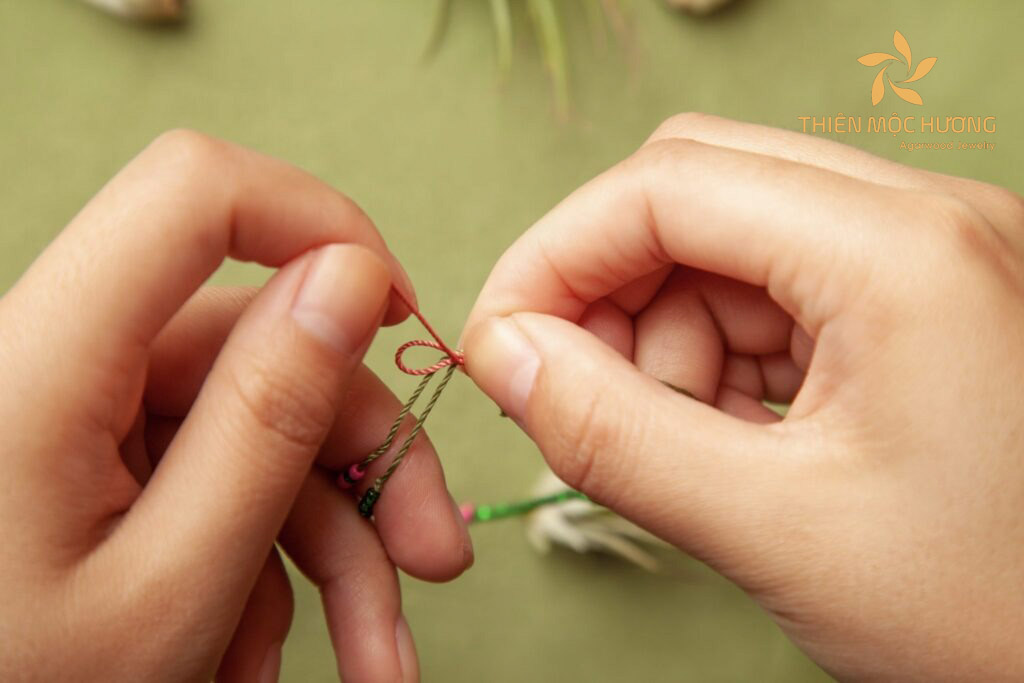
Sliding Knot Technique
The sliding knot technique adds versatility to your agarwood bracelets, allowing wearers to adjust the bracelet’s fit. Here’s how to create an adjustable sliding knot:
- Begin with an extra-long cord, folding it in half and placing the beads in the center.
- Tie an overhand knot near the end of the cords.
- Create a loop with one side of the cord.
- Pass the other side of the cord through the loop and pull it to form a knot.
- Adjust the size of the loop for a perfect fit, and slide the knots up or down to tighten or loosen the bracelet.
When using the sliding knot technique, ensure that the knots glide smoothly along the cords for easy adjustment. Practice creating consistent knots to maintain a balanced and symmetrical appearance in your agarwood bracelet.
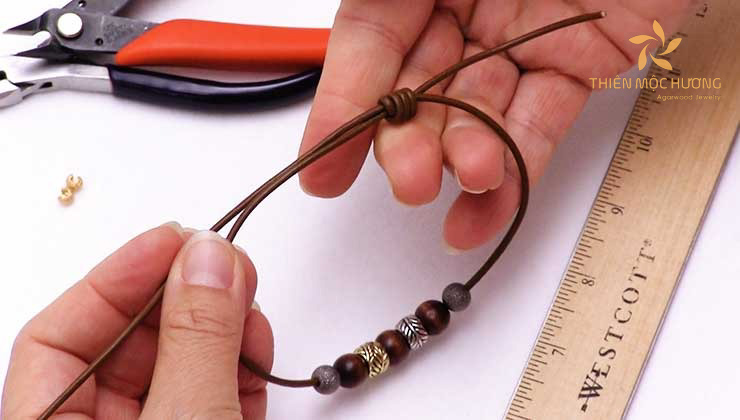
The Art of Knotting for Crafting Agarwood Bracelets
Agarwood bracelet making is more than just a craft; it’s a form of artistic expression. The knots used in bracelet making aren’t just functional but also play a significant role in the overall design and emotional impact of the piece.
One of the most exciting aspects of agarwood bracelet making is the opportunity for personal expression. Knotting techniques provide a medium through which artisans can infuse their bracelets with their individuality.
As an artisan, you’re not just creating a piece of jewelry; you’re telling a story. Whether you choose knots that reflect your mood, culture, or personal journey, each decision contributes to a narrative that resonates with both you and the wearer.
By encouraging creativity and offering a platform for self-expression, knot choices transform agarwood bracelet-making from a mechanical process into a deeply personal and meaningful experience.
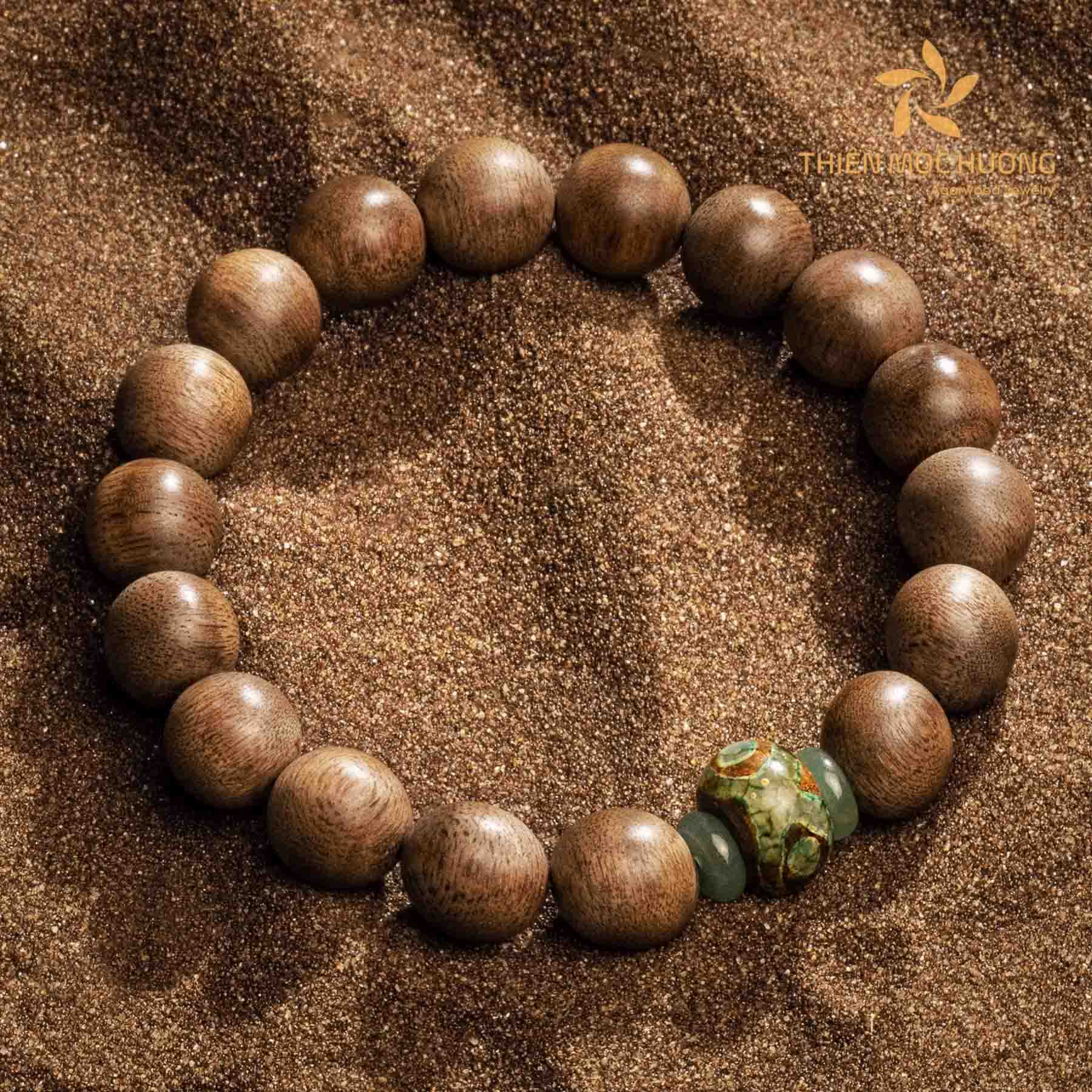
Tips for Perfecting Knotting Techniques
Practice is the foundation of mastery, and knotting techniques are no exception. Here are a few practice exercises to help you improve your knotting skills:
- Basic Cord Manipulation: Start by practicing the basic movements of knotting using a spare cord or twine. This will help you develop dexterity and muscle memory before working with your precious agarwood beads.
- Knot Repetition: Choose a specific knot and repeat it multiple times. Focus on achieving consistent knots and maintaining an even tension. This exercise will improve your knotting speed and accuracy.
- Gradual Complexity: Gradually increase the complexity of the knots you practice. Begin with simple knots and progress to more intricate techniques. This gradual approach builds your skills while boosting your confidence.
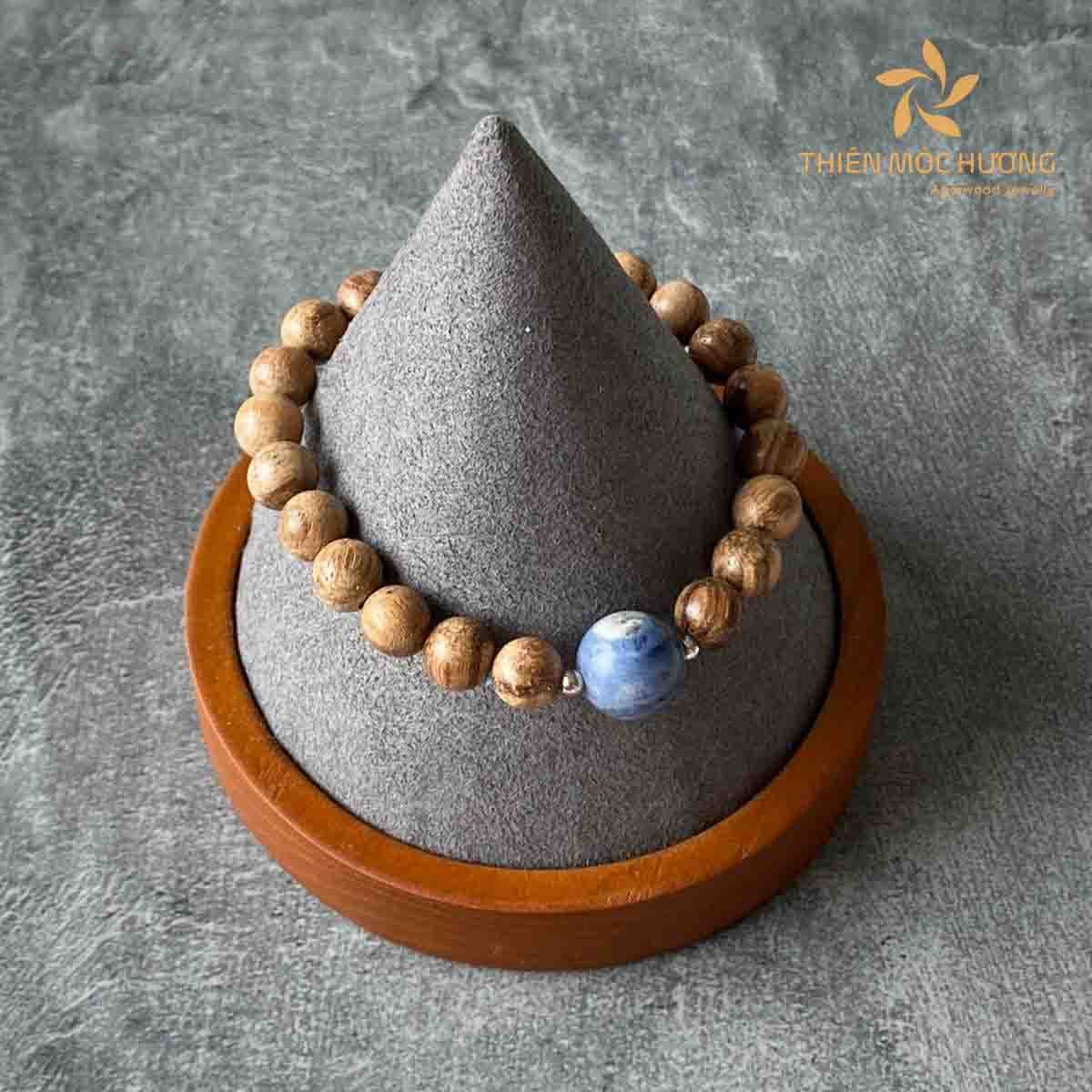
Conclusion
As we come to the end of our exploration into the world of agarwood bracelet-making and knotting techniques, it’s essential to reflect on the significance of these skills in the craft. Knotting techniques not only contribute to the structural integrity of the bracelets but also serve as a canvas for artistic expression and individuality. In this conclusion, we recap the importance of knotting techniques, provide inspiration for readers, and extend an invitation to share their unique creations.
(104)



